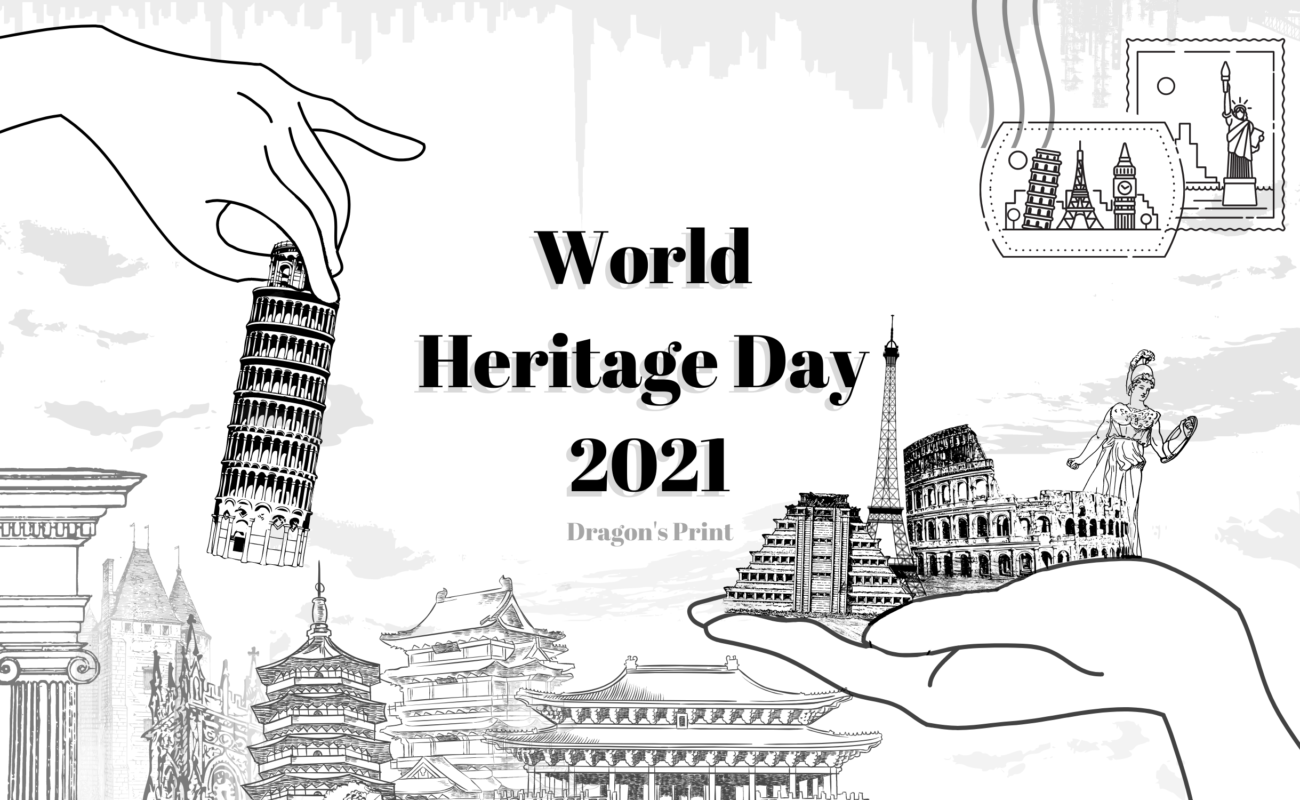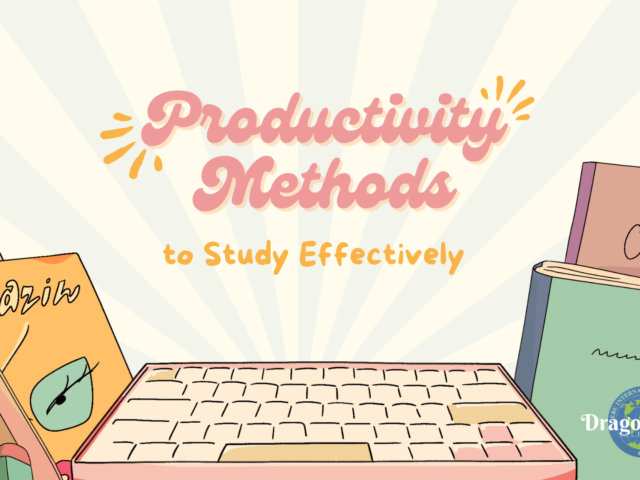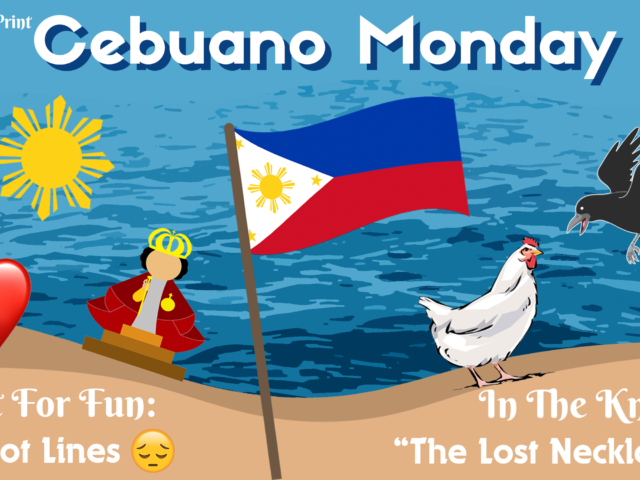Every year on April 18, World Heritage Day comes around to remind us to preserve human heritage and recognize the organizations working to keep that heritage alive. Human heritage does not only include the ones we see like historical monuments and sites but also the invisible ones such as culture, traditions and even stories. All of these combined are assets that help build the foundations of a country.
Beginning in November 1983, the idea of a day celebrating International Monuments and Sites was approved by the UNESCO General Conference. Through the years it has developed and is now traditionally known as World Heritage Day where communities would spend a day celebrating, commemorating, and maintaining the legacy of the rich heritage given by our ancestors.
Other than the events planned by the International Council on Monuments and Sites (ICOMOS), where several online talks and discussions would be led by different countries surrounding the year’s theme, individuals all over the world are encouraged to interact, learn, and share anything related to heritage all over the world. This would include visiting monuments and sites; learning from newspapers, social media, and television about monuments and history; and understanding one’s history and cultural heritage.
Every country has its own past, its own cultural heritage that helped create the country they are today. Owing to each country having centuries of history on its shoulders, it would be given that each culture is quite complex and complicated but that helps build on the uniqueness each country has.
With social media in the boom the past decade, people from all over the world have been able to slowly share their culture with those around them, allowing for everyone to learn and understand each other. This year ICOMOS has decided that the theme would be ‘Complex Pasts: Diverse Futures’, with each countries’ complex pasts we can create futures that are colorful and diverse. Immigration and families of different races are no small thing in recent decades, evident with people of different ethical backgrounds coming together, and allowing for people to combine their cultures and create something new while still retaining what was important from their pasts.
A quite well-known example of this occurrence is the United States of America, a country that’s basically a boiling pot of different cultures coming from different countries all over the world, combining people from Asia, Africa, Europe, etc. With its complicated history of people from all over the world moving to the USA, whether it be voluntary or forced, it cannot be denied that it created a community that is so varied in its ethnic backgrounds, religions, beliefs, and traditions. All of this contributes to a future where we know will be ever-changing, progressive, and fundamentally better than last century, better than the last decade, and even better than yesterday.
Article by Jodi G. (Grade 11); Feature image by Chewon Y. (Grade 10)
The views expressed in this article represent the personal views of the author and should not be taken to represent the views of Dragon’s Print and Cebu International School.
References:
The Global Development Research Center. (n.d.). Did you know that 18 April is World Heritage Day?. Retrieved April 11, 2021 from https://www.gdrc.org/heritage/world-heritage-day.html
India Today. (2020, April 18). World Heritage Day 2020: Theme, history, significance, images and quotes. Retrieved April 11, 2021 from https://www.indiatoday.in/information/story/world-heritage-day-2020-theme-history-significance-images-and-quotes-1668346-2020-04-18
ICOMOS. (2021, March 11). International day of Monuments and Sites – 18 April 2021 – Events. Retrieved April 12, 2021, from https://www.icomos.org/en/focus/18-april-international-day-for-monuments-and-sites/91376-international-day-of-monuments-and-sites-18-april-2021-events
![]()




Leave a Reply